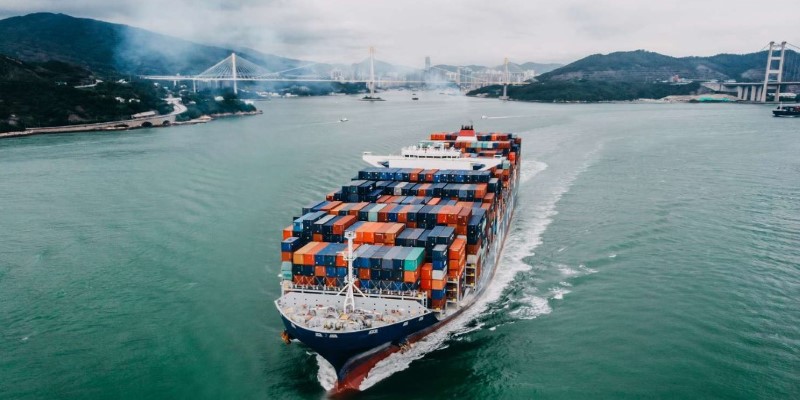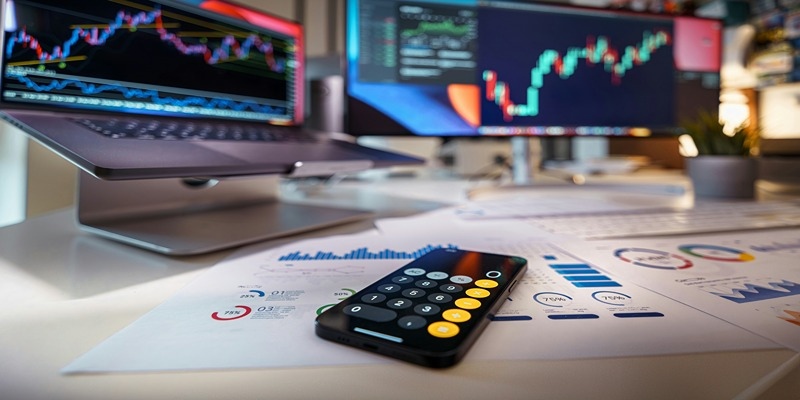Futures trading can be considered as one of the prominent strategies of investment where people get to make their profits based on the forecast of future trends of various products including but not limited to commodities, currencies, and stock market indices. Different to common share dealing, futures contracts refer to the capacity of the two parties to purchase and/or sell particular asset for a specific price in a particular time in the future. It is another form of trading that may prove highly lucrative but it is also relatively more risky as compared to other forms of trading because of the fluctuations in the market price, and because of leveraging.

Futures contracts refer to agreements made between two parties to exchange a particular quantity of an asset, which can be a commodity, security or an index, at some agreed time in the future. These contracts are traded on standardised future contracts market where the market players engage in speculation of the future direction of the price of the asset. For instance, an individual might buy a futures contract for crude oil so that in the near future, he or she is likely to sell it at a higher prices than the expiration date of the contract. In case the price goes up, the trader is capable of selling this contract at a profit. Future trading is an adaptable instrument common by most market players; for the speculators, they trade in futures with a general view of benefiting from price shift while the hedgers employ the futures with the view of minimizing potential losses their base assets.
The futures market uses a traditional trading platform expect through an exchange like CME, where standardized contracts are traded. They define the amount, quality, and delivery time of the basic product, inter alia, thus maintaining the standard in all the trades. Main interest groups in futures markets are the speculators who trade in the contracts expecting the price to change and the hedgers who employ the services of the futures markets to eliminate risks that are associated with exposure to specific assets. Futures market price is determined by many factors such as supply and demand factors, the mood on the market, external factors such as the state of the economy and the state of the world market and etc.
Futures trading is one of the most active forms of trading in the financial markets where traders make multiple purchases and sales of the same futures contract during the trading floor session with an intention of performing day trade. This approach requires fast decisions and the capability for segmented analysis of the market concerns on the precise moment. Techniques of day trading can include charting methods and chart patterns, indicators and signals. Since day trading allows for frequent and quick stock exchanges, it has the potential of generating large amounts of money since traders capitalise on slight changes in price. Although that comes with even greater risk since the market is typically characterized by high high and low price changes.
Swing trading in futures means that futures contracts are bought and held for a few days or several weeks to capture price fluctuations in the long swing trading in futures means that futures contacts are purchased and held for a few of several weeks in order to capitalize of price fluctuations within longer trends. Swing trading is very different from day trading since it does not involve spending the whole day tracking the markets; instead, it is developed for medium term pricing trends. Technical aspects are used by swing traders in conjunction with information derived from the news to determine points of entrees and exits. For instance, they may search for some evidence that prior chart formations can repeat themselves and thus offer another direction for the stock market or the inability to do so and thus signal a reversal of the recent market trends. The aim is to acquire at one stage of the pattern and to sell out when it is in the other stage, all representing in relation to market direction.

Position trading is a concept of holding futures contracts with a base of months or years with a view of steep price differences. This long-term approach actually has its base in the fundamental analysis where traders analyze the fundamental aspects of the economy and the political environment in order to determine the future course of prices. These traders are not worried about short-term volatility of the stock price and prefer to hold their position in anticipation of the appearance of symptoms of significant upswing. This strategy involves knowledge of the relationship between the underlying asset and the factors affecting the prices and the ability to wait for the factors to come to play. Position trading is ideal for long term investors who wish to earn big money and who are willing to lock up their capital for a long time. Moreover, it also mean that it requires lesser intervention than day or swing trading because the goal is to capture long-term trends rather than changes in price.
Risk management is an important factor in achieving high results trading in futures markets. Because of the leveraged nature of a futures contract relatively small fluctuation in the market can lead to large gains or profits hence risk management is key. It is recommended that traders should define the tolerance of risk in terms of setting limits on trades for instance setting stop-loss in order to control on a traders potential losses or the maximum capital that he or she shall invest on any given trade. Very similar we can get diversified across many different contracts and markets that will also make it possible to avoid over reliance on any one of them.
Futures trading has a possibility to earn huge profits but because of fluctuation in the market price and the fact of using the leverages, it carries risks. About the behavior of the futures market and trading strategies, including basic ones, it is necessary to acquire the necessary knowledge. Regardless of whether one is carrying out day trading, swing or position trading, risk management is vital hence the need for having a concrete trading strategy. This is why traders ought to undertake their futures trading education and risk management systems to be in a position to check the futures market rapaciously and advance their monetary ambitions.

By Paula Miller/Sep 02, 2024

By Sean William/Dec 24, 2024

By Sid Leonard/Aug 24, 2024

By Georgia Vincent/Sep 03, 2024

By Noa Ensign/Sep 02, 2024

By Noa Ensign/Sep 01, 2024

By Kelly Walker/Jul 15, 2024

By Triston Martin/Aug 24, 2024

By Susan Kelly/Aug 31, 2024

By Alison Perry/Sep 01, 2024

By Aldrich Acheson/Aug 28, 2024

By Celia Kreitner/Sep 02, 2024